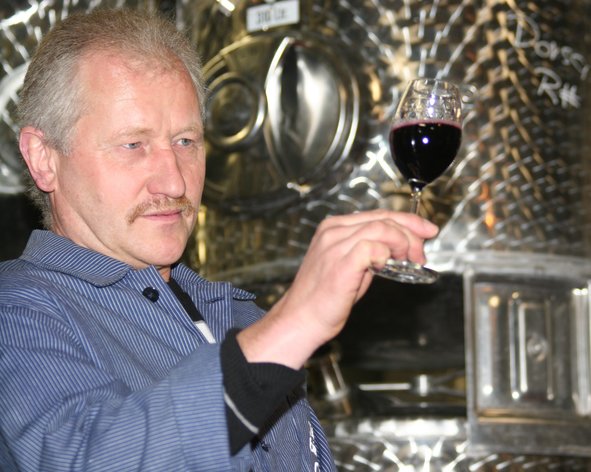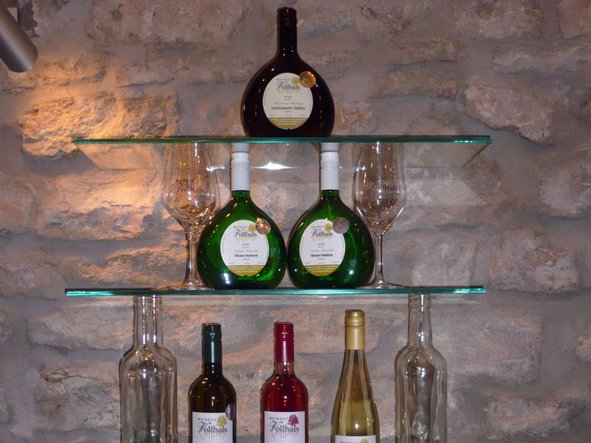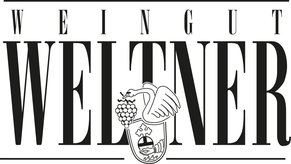“Where figs and lemons might grow…?”
A provocative statement about a winegrowing area in Franconia, which has been called “the living room of Wine Franconia” by local wine experts. The term refers to the Schwanberg area, of course. If it weren’t for those cold continental winters that we experience at times, figs and lemons might really grow here.


The climate of the Schwanberg area benefits from its unique location: Open to the southwest and largely protected from cold easterly and north-easterly winds by the steep slopes of Schwanberg and other Steigerwald hills. This creates a very favourable microclimate around the hill. Another advantage is the deep and fertile Keuper soil, which was formed approx. 180 million years ago in the Triassic epoch.
The soil is not easy to till; it needs great effort. This is why the local winegrowers and farmers were not blessed with riches in the past. It was not until the advent of modern, mechanized viticulture that winegrowers were able to make the most of their soil. Thanks to the high water storage capacity of the forests located above the vineyards, the area is sufficiently supplied with water, even though precipitation is rather low, 300 to 500 mm per year, and occurs mainly in the winter months.
Given these favourable conditions, it’s no wonder that wine has been grown in this area for over one thousand years, since the Franconians began to settle here. The fact that the village of Rödelsee was simultaneously controlled by four different rulers testifies to the excellent quality of the local wines; obviously quite a few people wanted a slice of Rödelsee’s cake.
One of the oldest vineyard sites, Rödelseer Schwanleite, dates back to the early days of Franconian viticulture over one thousand years ago. The name may be derived from Svana, a goddess the Celts worshipped on Schwanberg, or Swanilo, a Franconian knight. For centuries, it must have been one of the best sites in this area.
However, during the land consolidation in the 1960s, the old vineyard sites were restructured, and just a few of their names have lived on in the vernacular. Only two out of the 32 individual sites Rödelsee once had, Küchenmeister and Schwanleite, still exist. These two individual site names have survived the restructuring process thanks to their high popularity.
Rödelsee’s wines are described as fruity, with a strong mineral note, and long-lasting. The most widely grown grape varieties are Silvaner and Müller-Thurgau. Other white varieties include Bacchus, Scheurebe, Kerner, Traminer and Riesling, and recently a few black varieties have also made their way to Rödelsee.
Aktuelles
Alle wichtigen Nachrichten und Meldungen der Gemeinde Rödelsee!
Anfahrt und Lage
So finden Sie zu uns
Erweiterte Suche
Sie haben eine Veranstaltung, einen Verein oder eine Firma gesucht?
Dann nutzen Sie bitte unsere spezielle Suche in den jeweiligen Rubriken.





















